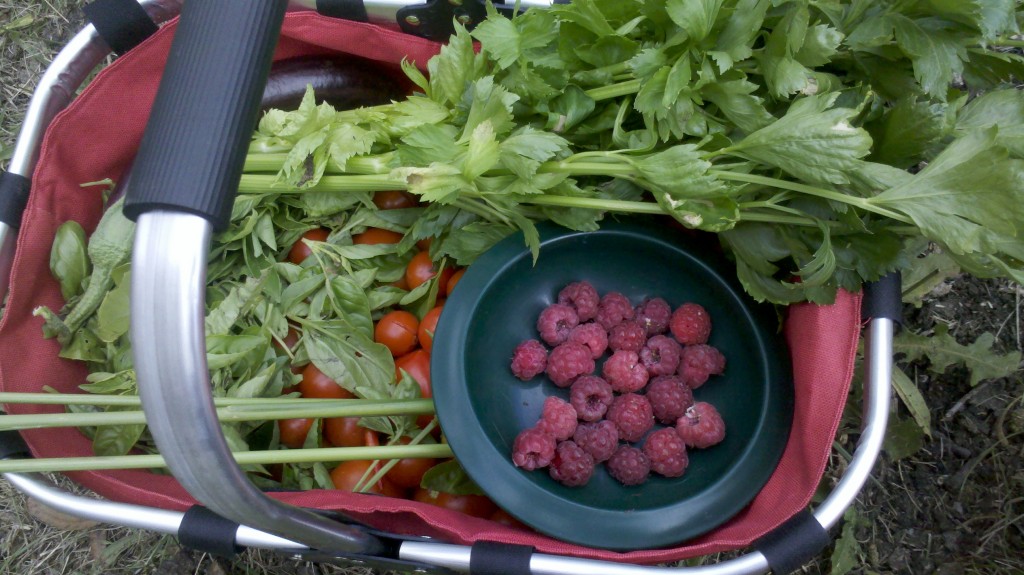Building a vegetable garden
Posted by henrietta on May 17, 2012 in Articles | 0 comments
Many people would like to grow their own produce and raised vegetable beds are the ideal way to do so.
• Raised vegetable beds can be constructed of wood, bricks, stone, or Colourbond. If you choose wood as your material, make sure you use ACQ treated pine rather than the old arsenic-impregnated variety. It is also best to use H6 grade pine, which will last longer. (Note that if you have to cut the treated pine, you will need to seal the ends again to ensure the H6 rating. The easiest thing to do, therefore, is to tailor your vegie bed to the length and width of the available sizes of timber)
• There are many DIY kits available if you do not want to build your own – search the net for several that are based in Adelaide.
• If building yourself, the ideal depth is about 30-40cm. Avoid making the bed too wide. You do not want to have to walk on the bed, as this will compact the soil. Make sure you can access all parts of the bed easily from the edges.
• Fill your raised beds with a mix of good quality garden loam, compost and well-rotted manure (or blood and bone). Water in well over several days.
• After planting your vegetables, mulch well, avoiding stems.
• Each spring, replace the top 6-8cm of soil with good quality compost.
• Also, vegetable need plenty of water, especially in summer, so don’t forget to incorporate some kind of watering system in your vegetable beds, unless you are willing to be very vigilant about watering in hot weather. It is easy to put in a drip system on a grid pattern underneath the mulch – just be careful not to dig through it with the spade. An easy and cheap option is to then attach your drip system to an automatic tap timer and program it to come on at certain times (preferably early in the morning) for a set time every few days, (how often will depend on the time of year).

